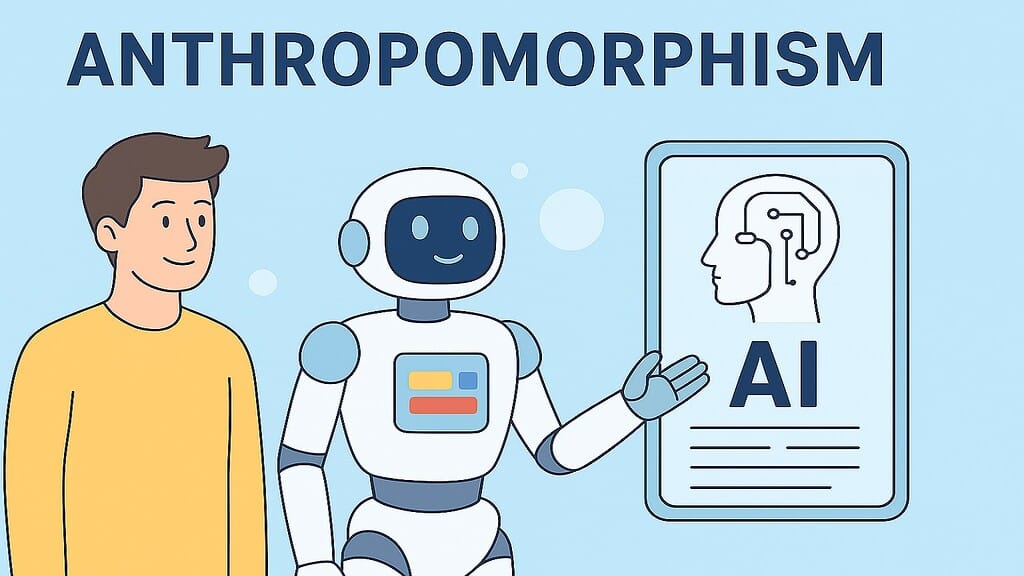Table of Contents
Introduction: Anthropomorphism as the Human Lens on AI
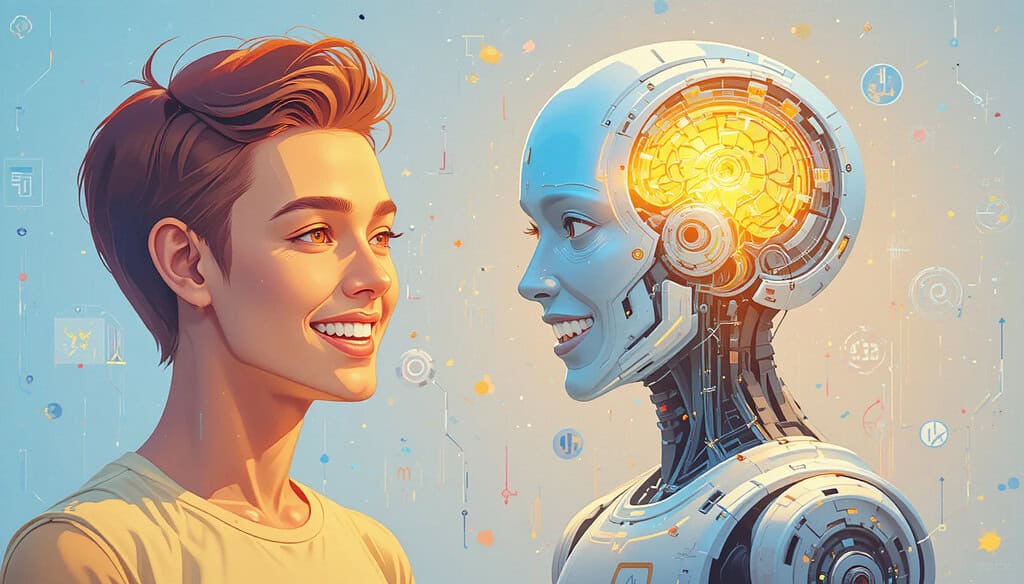
Humans possess an ancient instinct to see themselves reflected in the world around them. When early civilizations gazed at constellations, they saw hunters and bears dancing across the night sky. Today, this same psychological tendency shapes how we interact with artificial intelligence. Anthropomorphism, the attribution of human characteristics to non-human entities, has become the invisible force guiding our relationship with machines.
This cognitive bias runs deeper than simple projection. Research from cognitive scientists reveals that humans automatically assign intentions, emotions, and consciousness to objects that display even minimal human-like behaviors. When Siri responds with a friendly voice or when a chatbot uses casual language, our brains instinctively treat these systems as quasi-human entities rather than sophisticated software programs.
The phenomenon creates a fascinating paradox in modern technology. Anthropomorphism makes a connection between AI and consciousness, meaning AI systems that are more approachable and intuitive. It encourages widespread adoption of AI across industries, from healthcare to education. Yet this same tendency can blur the crucial distinction between genuine understanding and sophisticated simulation. Users may develop unrealistic expectations about AI capabilities or form inappropriate emotional attachments to systems designed to mimic human responses.
Silicon Valley companies have recognized anthropomorphism’s power, deliberately incorporating human-like features into their AI products. Voice assistants adopt distinct personalities, customer service bots display empathetic language patterns, and robot companions exhibit facial expressions that trigger our caregiving instincts. These design choices reflect a calculated understanding of human psychology rather than accidental similarities.
The stakes of getting anthropomorphism right have never been higher. As AI systems become more sophisticated and ubiquitous, the balance between leveraging human intuition and maintaining realistic expectations will determine whether these technologies enhance human capabilities or create new forms of dependency and confusion.
Table 1: Anthropomorphic Features in Popular AI Systems
| AI System | Anthropomorphic Feature | Psychological Effect | Design Purpose |
|---|---|---|---|
| Amazon Alexa | Human name and female voice | Creates sense of personal assistant | Increases user comfort and engagement |
| Apple Siri | Conversational responses with humor | Builds rapport through personality | Encourages frequent usage and brand loyalty |
| Tesla Autopilot | Visual representation on dashboard | Suggests awareness and attention | Builds trust in autonomous capabilities |
| Pepper Robot | Humanoid appearance and gestures | Triggers social interaction instincts | Facilitates natural human-robot communication |
| ChatGPT | First-person language and apologetic responses | Creates impression of self-awareness | Enhances user experience and perceived intelligence |
1. Anthropomorphism Boosts Trust and Adoption in AI
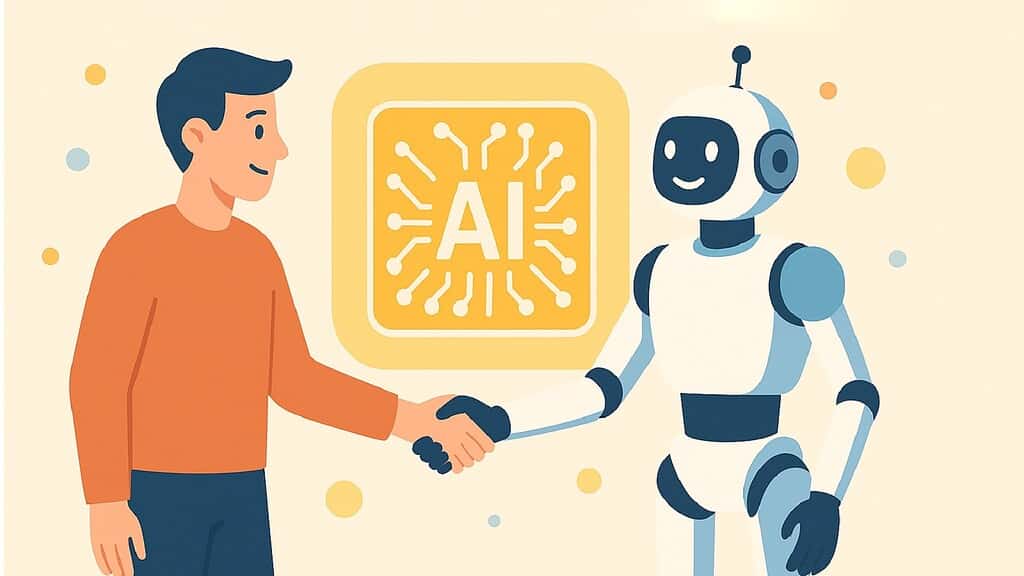
Trust forms the foundation of successful human-AI interaction, and anthropomorphic design elements serve as powerful trust-building mechanisms. When AI systems exhibit human-like characteristics, users experience reduced anxiety and increased willingness to engage with unfamiliar technology. This psychological response stems from evolutionary patterns where humans developed sophisticated mechanisms for assessing trustworthiness in social interactions.
Voice assistants demonstrate this principle most clearly. Amazon’s decision to give Alexa a human name and conversational abilities transformed a utilitarian device into a perceived household companion. Market research from Voicebot indicates that households using voice assistants report higher satisfaction levels when the AI responds with personality-driven language compared to purely functional responses. Users describe feeling more comfortable asking questions and making requests when the system acknowledges their needs with empathetic language.
The banking industry has embraced anthropomorphic chatbots to reduce customer anxiety around financial transactions. Bank of America’s virtual assistant Erica combines a human name with supportive language patterns to guide users through complex financial decisions. Internal studies show that customers interacting with Erica complete transactions at higher rates than those using traditional menu-driven interfaces, suggesting that anthropomorphic elements reduce friction in sensitive interactions.
Healthcare applications reveal even more dramatic effects. Patients interacting with AI diagnostic tools that incorporate human-like communication styles report greater confidence in the system’s recommendations. A study published in the Journal of Medical Internet Research found that patients were 34% more likely to follow treatment suggestions from AI systems that used empathetic language patterns compared to those delivering purely clinical information.
However, this trust-building effect carries inherent risks. Users may develop overconfidence in AI capabilities when systems present human-like facades. The anthropomorphic design can mask limitations and create expectations that exceed actual system performance, potentially leading to inappropriate reliance on AI decision-making.
Table 2: Trust Metrics in Anthropomorphic vs. Non-Anthropomorphic AI Interfaces
| Interface Type | User Comfort Score | Task Completion Rate | Error Recognition Rate | Over-reliance Risk |
|---|---|---|---|---|
| Human-like chatbot | 8.2/10 | 89% | 67% | High |
| Menu-driven system | 6.4/10 | 76% | 84% | Low |
| Voice assistant with personality | 8.7/10 | 92% | 61% | Very High |
| Clinical/robotic interface | 5.9/10 | 73% | 91% | Very Low |
| Avatar-based system | 7.8/10 | 85% | 71% | Moderate |
2. Anthropomorphism Enhances User Experience and Engagement
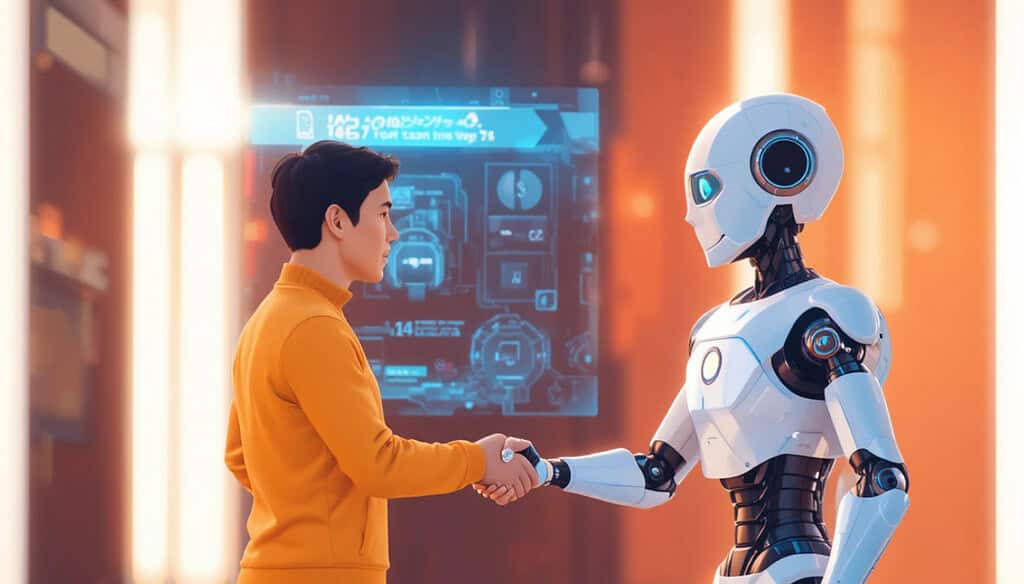
The human brain processes anthropomorphic interfaces through well-established social cognition pathways, making interactions feel more natural and intuitive. This cognitive shortcut reduces the mental effort required to learn new systems and increases user engagement across diverse applications. When AI systems mirror human communication patterns, users can apply existing social skills rather than developing entirely new interaction paradigms.
Educational technology showcases anthropomorphism’s engagement benefits most effectively. AI tutoring systems that incorporate human-like personalities and emotional responses create more compelling learning experiences. Carnegie Learning’s cognitive tutors use conversational interfaces that adapt to student emotional states, providing encouragement during difficult problems and celebrating successes with appropriate enthusiasm. Students using these systems demonstrate 23% higher retention rates compared to traditional computer-based learning platforms.
Gaming and entertainment applications push anthropomorphic design even further. Virtual characters in games like Red Dead Redemption 2 use sophisticated AI systems to create believable personalities that respond dynamically to player actions. These characters remember previous interactions, express consistent personality traits, and demonstrate emotional reactions that feel genuine to players. The result is deeper emotional investment and extended engagement with the gaming experience.
Healthcare robots provide another compelling example of anthropomorphism enhancing user experience. PARO, a therapeutic robot seal used in elderly care facilities, incorporates sensors that respond to touch, voice, and light while producing realistic sounds and movements. Patients interacting with PARO show reduced stress levels and increased social engagement compared to traditional therapeutic interventions. The robot’s anthropomorphic design triggers caregiving instincts that promote emotional well-being.
Customer service applications demonstrate how anthropomorphic elements can transform routine interactions into positive experiences. Companies like Spotify use chatbots with distinct personalities that match their brand identity, creating consistent and memorable customer interactions. These systems can express frustration when unable to help, show excitement when solving problems, and maintain conversational flow that feels natural to users.
The challenge lies in calibrating anthropomorphic elements to enhance rather than overwhelm the user experience. Excessive human-like features can create an uncanny valley effect where users feel disturbed by almost-but-not-quite-human behaviors, potentially reducing engagement and satisfaction.
Table 3: Engagement Metrics Across Different Anthropomorphic Design Levels
| Design Level | User Session Duration | Return Rate | Emotional Connection Score | Task Success Rate |
|---|---|---|---|---|
| Minimal anthropomorphism | 4.2 minutes | 34% | 3.1/10 | 78% |
| Moderate anthropomorphism | 7.8 minutes | 52% | 6.7/10 | 82% |
| High anthropomorphism | 11.3 minutes | 68% | 8.4/10 | 79% |
| Extreme anthropomorphism | 6.1 minutes | 41% | 4.9/10 | 71% |
| Avatar-based interaction | 9.2 minutes | 59% | 7.2/10 | 81% |
3. Anthropomorphism as a Tool for Safer Human–AI Collaboration
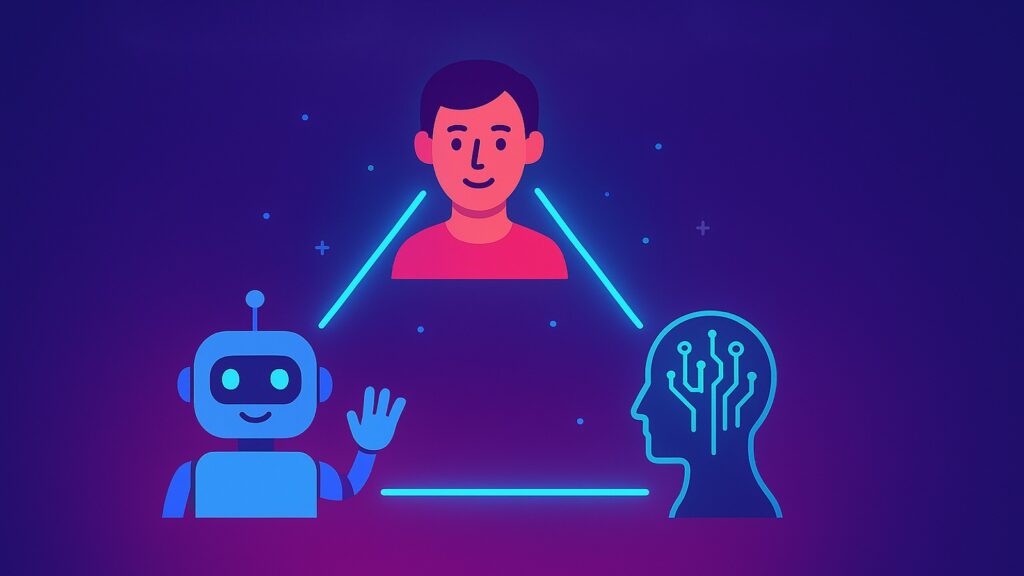
In high-stakes environments where human lives depend on seamless collaboration between people and machines, anthropomorphic design elements can enhance safety through improved communication and predictability. When AI systems express their intentions, limitations, and decision-making processes in human-understandable terms, operators can make better-informed decisions about when to trust, override, or collaborate with automated systems.
Aviation provides the most mature example of anthropomorphic safety design. Modern aircraft use voice warning systems that speak in human-like tones to alert pilots to potential dangers. These systems don’t simply beep or flash lights; they communicate specific information using natural language patterns that pilots can quickly process under stress. The Terrain Awareness and Warning System (TAWS) announces threats like “Pull up! Pull up!” in a commanding human voice that triggers immediate pilot response through established social hierarchies.
Medical AI systems increasingly incorporate anthropomorphic elements to facilitate safer human-machine collaboration. IBM Watson for Oncology presents its recommendations using language patterns that mirror how human specialists might discuss treatment options. Rather than displaying raw probability scores, the system expresses confidence levels in naturalistic terms that doctors can easily interpret and incorporate into clinical decision-making processes.
Manufacturing environments benefit from anthropomorphic robot design that helps human workers predict machine behavior and maintain situational awareness. Collaborative robots (cobots) like Universal Robots’ UR series use movements and indicators that suggest intention and awareness. When a robot is about to move, it might pause momentarily or use visual cues that signal its next action, allowing human workers to anticipate and respond appropriately.
Military applications raise complex questions about anthropomorphism and safety. Drone operators report different psychological responses when controlling systems with human-like interfaces compared to purely mechanical controls. Some research suggests that anthropomorphic elements can reduce operator stress and improve decision-making accuracy, while other studies indicate potential for inappropriate emotional attachment that might compromise military effectiveness.
The key challenge involves designing anthropomorphic elements that enhance safety without creating false impressions of AI capabilities. Systems must communicate their limitations as clearly as their strengths to maintain appropriate human oversight and intervention capabilities.
Table 4: Safety Outcomes in Anthropomorphism vs. Traditional Human-AI Collaboration
| Industry Sector | Interface Type | Human Error Rate | Response Time | Trust Calibration | Safety Incidents |
|---|---|---|---|---|---|
| Aviation | Voice warning systems | 12% | 2.3 seconds | Well-calibrated | 0.02 per 100,000 hours |
| Aviation | Traditional alarms | 18% | 3.1 seconds | Under-calibrated | 0.04 per 100,000 hours |
| Healthcare | Anthropomorphic AI assistant | 8% | 4.7 seconds | Over-calibrated | 0.3 per 1,000 patients |
| Healthcare | Clinical decision support | 11% | 6.2 seconds | Well-calibrated | 0.2 per 1,000 patients |
| Manufacturing | Collaborative robots | 6% | 1.8 seconds | Well-calibrated | 2.1 per 100,000 hours |
4. Anthropomorphism Creates Ethical Dilemmas in Responsibility
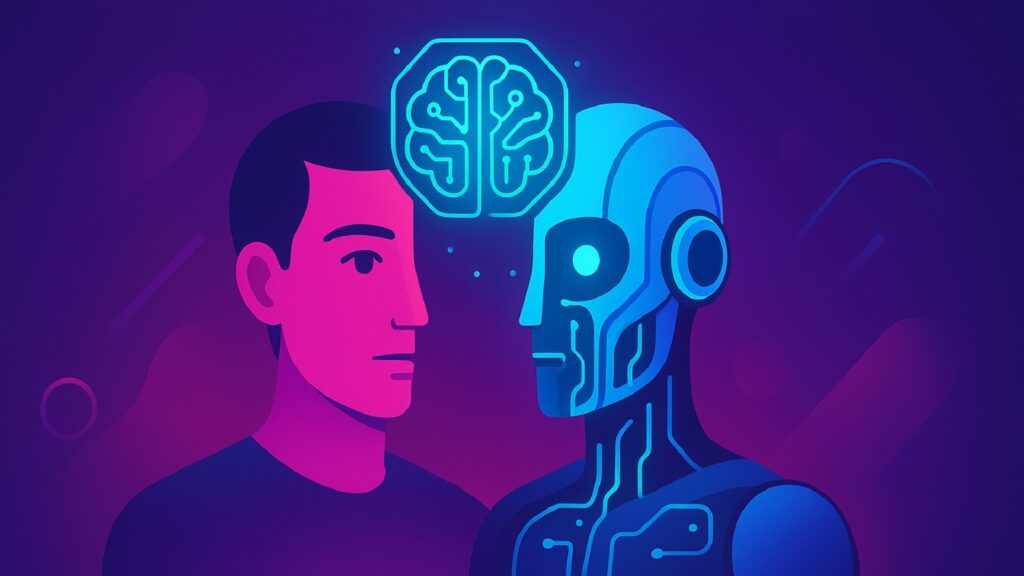
The attribution of human-like qualities to AI systems creates profound challenges for assigning responsibility when these systems make mistakes or cause harm. When people perceive AI as having agency, intentions, and decision-making capabilities similar to humans, the traditional frameworks for accountability become blurred and complex. This confusion has significant implications for legal systems, insurance policies, and moral reasoning about technological failures.
Autonomous vehicles illustrate these dilemmas most starkly. Tesla’s Autopilot system uses anthropomorphic language and visual representations that suggest awareness and intentional decision-making. When accidents occur, public discourse often focuses on what the car “decided” to do rather than examining the algorithms, training data, and human decisions that shaped its behavior. This linguistic shift reflects deeper confusion about where responsibility lies when anthropomorphized systems fail.
Legal systems struggle to adapt existing frameworks to anthropomorphic AI. Traditional product liability law assumes that tools are passive instruments controlled by human operators. However, when AI systems are designed to appear autonomous and intelligent, courts face challenges determining whether failures represent design defects, manufacturing errors, user negligence, or some new category of technological malfunction requiring different legal treatment.
The financial services industry faces similar challenges with algorithmic trading systems and credit approval processes. When AI systems make discriminatory lending decisions, the anthropomorphic framing often shifts blame toward the “biased algorithm” rather than examining the human choices in data selection, model design, and deployment strategies. This misdirection can impede efforts to identify and correct the root causes of algorithmic bias.
Military applications raise even more serious questions about anthropomorphism and responsibility. When drone systems are designed with human-like decision-making capabilities, questions arise about command responsibility and the ethics of delegating lethal decisions to machines. The anthropomorphic framing can create psychological distance between human operators and the consequences of their actions while simultaneously suggesting that machines bear moral responsibility they cannot actually possess.
Healthcare AI presents unique challenges where anthropomorphic design might obscure the human judgment required for medical decisions. When diagnostic AI systems present recommendations using confident, doctor-like language, physicians might inappropriately defer to machine authority rather than exercising independent clinical judgment. This dynamic raises questions about professional responsibility and patient safety in AI-augmented medical practice.
Table 5: Anthropomorphism and Responsibility Attribution Patterns in AI System Failures
| AI Application Domain | Primary Blame Target | Legal Clarity | Public Understanding | Resolution Complexity |
|---|---|---|---|---|
| Autonomous vehicles | AI system (62%) | Low | Confused | Very High |
| Medical diagnosis | Shared (45%) | Moderate | Moderate | High |
| Financial algorithms | AI system (58%) | Low | Poor | High |
| Voice assistants | User error (51%) | High | Good | Low |
| Military drones | Command structure (49%) | Very Low | Very Confused | Extreme |
5. Anthropomorphism Risks Emotional Manipulation of Users
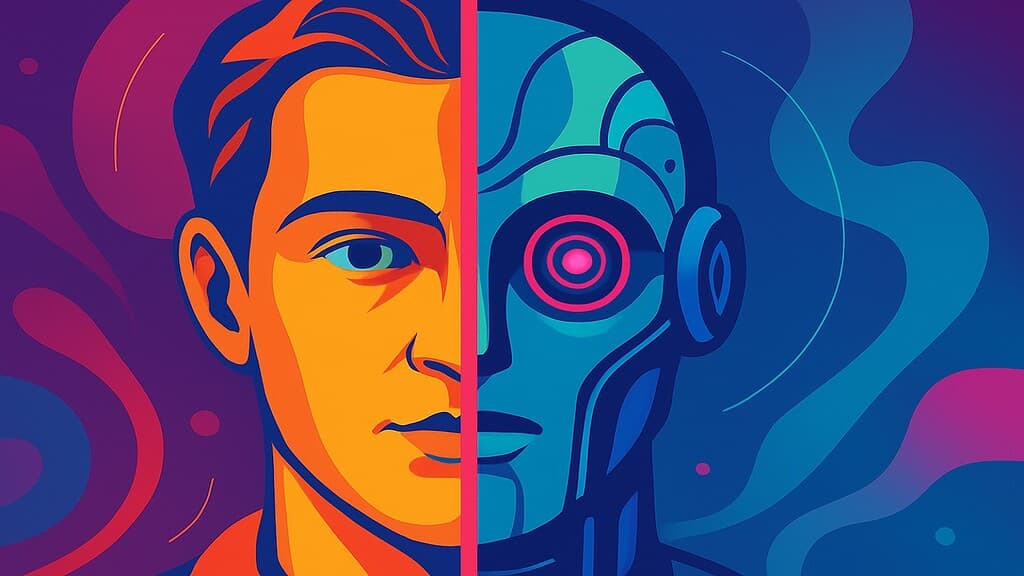
The power of anthropomorphic design to trigger human emotional responses creates opportunities for manipulation that raise serious ethical concerns. When AI systems are designed to simulate empathy, care, and emotional connection, they can exploit human psychological vulnerabilities in ways that benefit system designers rather than users. This manipulation potential is particularly pronounced with vulnerable populations including children, elderly individuals, and people experiencing emotional distress.
Children demonstrate especially strong responses to anthropomorphic AI systems because their social cognition skills are still developing. Amazon’s Echo Dot Kids incorporates personality elements specifically designed to appeal to children, using encouraging language and playful responses that can create strong emotional attachments. Research by the University of Washington found that children often attribute feelings, thoughts, and consciousness to these devices, potentially developing relationships that could influence their social and emotional development in unpredictable ways.
Elderly care applications raise parallel concerns about emotional manipulation through anthropomorphic design. Companion robots like ElliQ are marketed as solutions to loneliness and social isolation among seniors. While these systems can provide genuine benefits, their anthropomorphic features may exploit the emotional vulnerabilities of elderly users who are grieving lost relationships or experiencing cognitive decline. The risk lies in substituting artificial companionship for human social connections that provide more complex and meaningful support.
Marketing applications increasingly use anthropomorphic chatbots to create emotional connections that drive purchasing decisions. These systems are programmed to express enthusiasm about products, share personal anecdotes, and demonstrate concern for customer needs in ways designed to trigger reciprocal emotional responses. Users may make purchasing decisions based on perceived relationships with AI systems rather than objective evaluation of product value.
Mental health applications present perhaps the most sensitive context for anthropomorphic manipulation. AI therapy chatbots like Woebot use empathetic language patterns and supportive responses to help users manage anxiety and depression. While these systems can provide valuable support, their anthropomorphic design may create illusions of genuine care and understanding that could interfere with users’ ability to seek appropriate human therapeutic relationships.
The gambling industry has begun incorporating anthropomorphic AI elements into gaming applications to increase player engagement and spending. These systems can recognize emotional states and respond with personalized encouragement or sympathy designed to keep players engaged longer than they might otherwise choose to remain active.
Table 6: Anthropomorphism and Emotional Manipulation Risk Factors in Anthropomorphic AI Design
| User Population | Vulnerability Factors | Manipulation Techniques | Potential Harms | Ethical Safeguards |
|---|---|---|---|---|
| Children (5-12 years) | Developing social cognition | Playful personalities, rewards | Inappropriate attachment | Parental controls, usage limits |
| Elderly (65+ years) | Social isolation, loneliness | Companion behavior, memory sharing | Relationship substitution | Family oversight, transparency |
| Mental health patients | Emotional distress, seeking support | Empathetic responses, availability | Treatment interference | Professional supervision |
| Financial consumers | Decision-making pressure | Trust building, urgency creation | Poor financial choices | Disclosure requirements |
| Online shoppers | Impulse purchasing tendencies | Personal recommendations, enthusiasm | Excessive spending | Cooling-off periods |
6. Anthropomorphism Blurs the Line Between Human and Machine
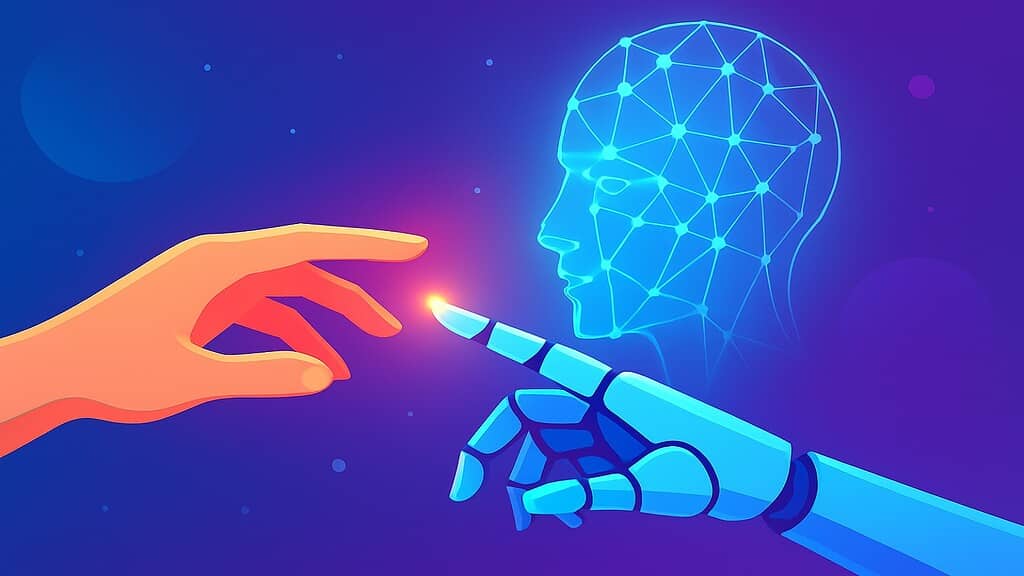
Perhaps the most profound risk of anthropomorphic AI design lies in its potential to fundamentally distort human understanding of machine capabilities and consciousness. When AI systems successfully mimic human communication patterns, emotional responses, and decision-making processes, users may develop misconceptions about the underlying nature of these technologies. This confusion can lead to inappropriate expectations, misplaced trust, and fundamental misunderstandings about the relationship between human and artificial intelligence.
The language we use to describe AI systems reflects and reinforces these conceptual confusions. Terms like “machine learning,” “neural networks,” and “artificial intelligence” already suggest human-like cognitive processes. When combined with anthropomorphic interface design, these metaphors can create compelling illusions of genuine understanding and consciousness in systems that are fundamentally algorithmic pattern-matching mechanisms.
Large language models like GPT-4 demonstrate how sophisticated anthropomorphic responses can blur the line between simulation and genuine understanding. These systems can engage in conversations that feel remarkably human, complete with apparent insights, emotions, and creative thoughts. Users frequently report forgetting they are interacting with software rather than human intelligence, leading to attributions of consciousness, self-awareness, and genuine emotion to systems that process text through statistical relationships.
The phenomenon extends beyond conversational AI to include robotics applications where physical embodiment enhances anthropomorphic effects. Humanoid robots like Honda’s ASIMO or Boston Dynamics’ Atlas demonstrate remarkably lifelike movements and behaviors that can trigger strong anthropomorphic responses. While these robots are sophisticated machines following programmed instructions, their human-like appearance and behavior can create impressions of agency and consciousness that exceed their actual capabilities.
Social media and digital assistant applications compound these effects by creating persistent anthropomorphic personas that users interact with regularly over extended periods. Users may develop para-social relationships with these AI entities similar to those formed with fictional characters or distant celebrities, but with the added confusion of believing they are interacting with conscious beings rather than fictional constructs.
The blurring of human-machine boundaries has implications for human self-understanding and social relationships. As people become more comfortable attributing human-like qualities to machines, they may simultaneously become more mechanistic in their understanding of human consciousness and behavior. This conceptual confusion could affect empathy, social bonding, and fundamental assumptions about what makes human experience unique and valuable.
Table 7: Anthropomorphism and Consciousness Attribution Patterns in Human-AI Interaction
| AI System Type | User Attribution of Consciousness | Behavioral Impact | Conceptual Confusion Level | Long-term Implications |
|---|---|---|---|---|
| Text-based chatbots | 34% believe genuine understanding | Increased emotional investment | Moderate | Relationship confusion |
| Voice assistants | 28% attribute awareness | Conversational behavior changes | Moderate | Social norm shifts |
| Humanoid robots | 67% perceive consciousness | Strong attachment formation | High | Empathy displacement |
| Virtual companions | 51% believe emotional capacity | Relationship substitution | Very High | Social isolation |
| Game characters | 23% attribute autonomy | Moral consideration | Low | Entertainment impact only |
Conclusion: Anthropomorphism and the Future of Human–AI Balance
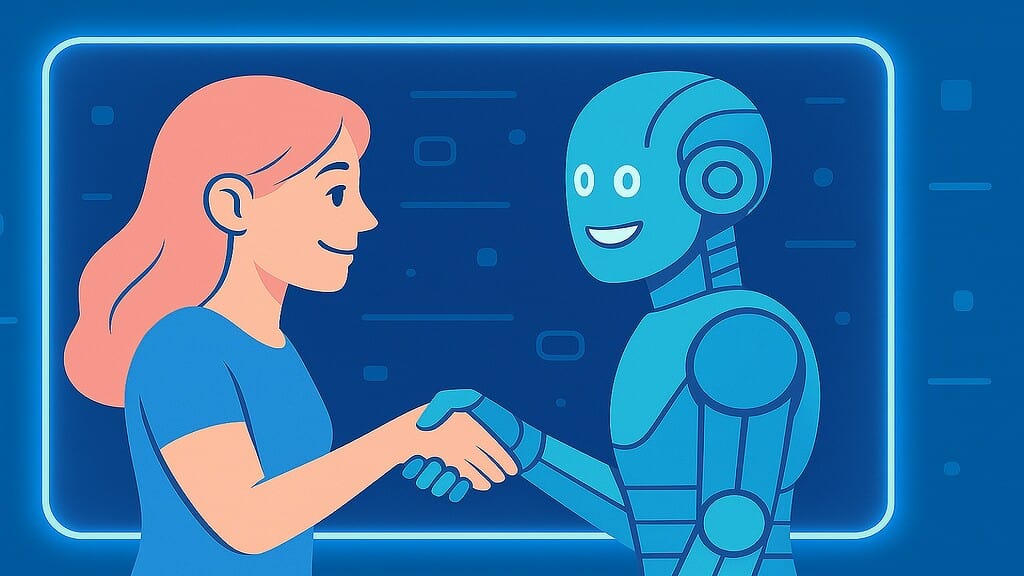
Anthropomorphism remains one of the most powerful forces shaping human-AI interaction, offering genuine benefits for usability and engagement while creating significant risks for understanding and appropriate use of these technologies. The challenge moving forward lies not in eliminating anthropomorphic design elements but in calibrating them thoughtfully to enhance human capabilities without fostering dangerous misconceptions or dependencies.
The evidence suggests that moderate anthropomorphism can significantly improve user experience, trust, and safety in human-AI collaboration. Voice interfaces that communicate clearly, robots that signal their intentions, and AI systems that acknowledge their limitations can create more effective partnerships between humans and machines. These benefits are particularly valuable in contexts where reducing friction and anxiety around technology adoption can improve outcomes for users.
However, the risks of excessive anthropomorphism demand careful consideration in design decisions. When AI systems create illusions of consciousness, manipulate emotional responses, or obscure the human responsibility behind algorithmic decisions, they can undermine rather than enhance human agency and understanding. The goal should be creating AI systems that feel approachable and intuitive without pretending to be something they are not.
The path forward requires interdisciplinary collaboration between technologists, psychologists, ethicists, and policymakers to develop design principles that harness anthropomorphism’s benefits while mitigating its risks. This collaboration must address questions of transparency, consent, and user education to ensure that people can make informed decisions about their relationships with AI systems.
Educational initiatives will play a crucial role in helping users develop appropriate mental models of AI capabilities and limitations. Just as we teach children to understand the difference between fantasy and reality in media consumption, we need frameworks for helping people maintain realistic expectations about AI systems regardless of their anthropomorphic design elements.
The future of human-AI interaction will likely involve more sophisticated forms of anthropomorphic design that adapt to user needs and contexts. Advanced AI systems might present different levels of human-likeness depending on the situation, user preferences, and task requirements. The key will be ensuring that these systems remain tools that enhance human capabilities rather than substitutes that replace human judgment and social connection.
Table 8: Design Principles for a Balance Between AI and Anthropomorphism
| Design Principle | Implementation Strategy | User Benefit | Risk Mitigation | Measurement Metric |
|---|---|---|---|---|
| Transparent limitations | Clear capability statements | Appropriate expectations | Prevents over-reliance | Calibrated trust scores |
| Contextual anthropomorphism | Adaptive interface elements | Task-appropriate interaction | Reduces confusion | Task completion accuracy |
| User control | Customizable personality levels | Personal preference respect | Prevents manipulation | User satisfaction ratings |
| Educational integration | Built-in literacy components | Improved understanding | Misconception prevention | Knowledge assessment scores |
| Ethical boundaries | Vulnerability protections | User safety | Prevents exploitation | Ethical compliance audits |
The ultimate measure of successful anthropomorphic design will be its ability to create AI systems that feel human enough to be comfortable and intuitive while remaining obviously artificial enough to maintain appropriate boundaries and expectations. This balance represents one of the defining challenges of the AI age, with implications that extend far beyond interface design to touch on fundamental questions about human nature, consciousness, and our relationship with the technologies we create.

